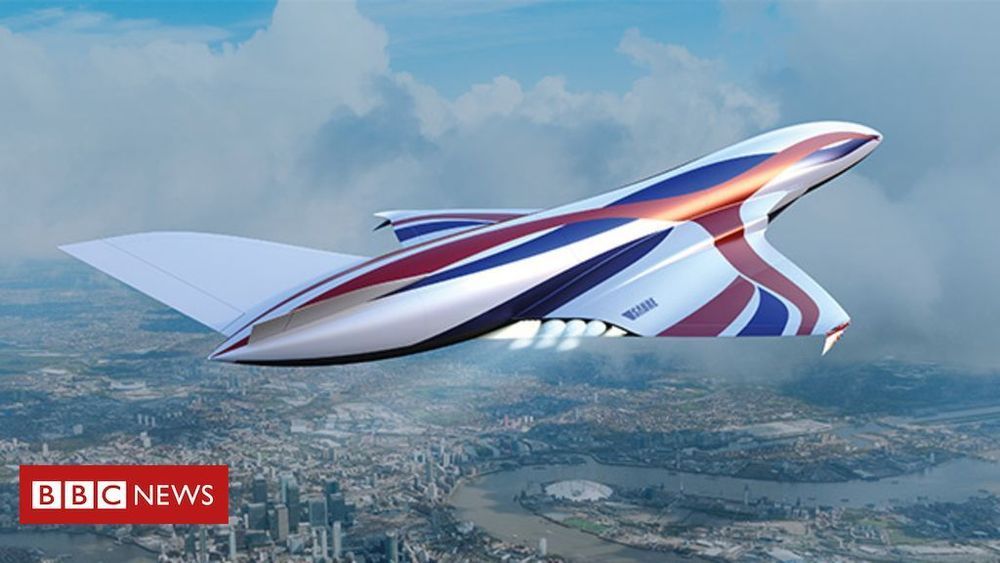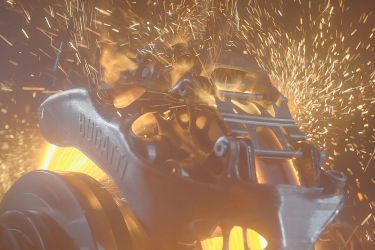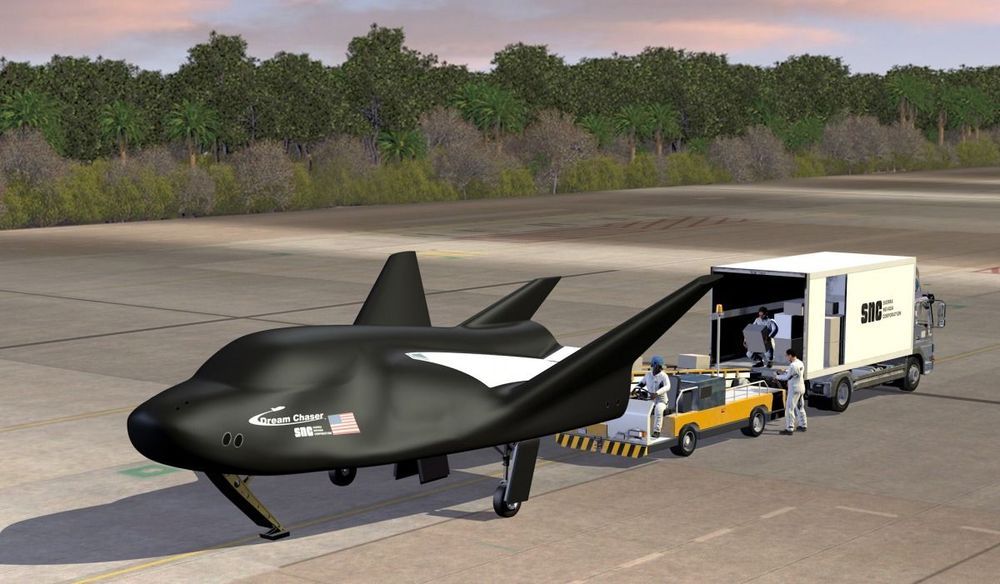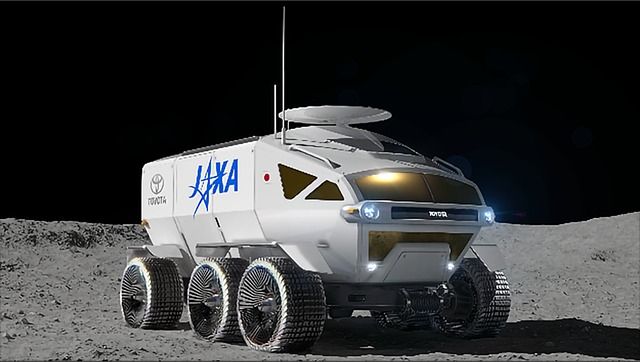Taking Tesla’s new Model Y for a test ride.
Category: transportation – Page 484
These concept tires could help cars fly
Goodyear has unveiled a new concept tire that would work as both a propeller for a flying car, and a regular tire https://cnn.it/2F6KBse

Super-fast engine set for key tests
The UK project to develop a hypersonic engine that could take a plane from London to Sydney in about four hours is set for a key demonstration.
The Sabre engine is part jet, part rocket, and relies on a novel pre-cooler heat-exchanger technology.
This pre-cooler system will begin a new phase of testing in the next month or so in Colorado, US.
Kiwano rolls out updated self-balancing monowheel electric scooter
When launched in 2017, the KO1 monowheel scooter – a kind of cross between a Segway and a Solowheel – offered a range of 20 miles and a top speed of 20 mph. The KO1+ has a very similar look to the original, but is quite a different animal.

Bugatti uses SLM Solutions additive manufacturing systems in component production
Sports car maker Bugatti (Molsheim, France) used SLM Solutions’ (Lübeck, Germany) metal additive manufacturing technology to produce automotive components. The components were manufactured in the aerospace alloy Ti6Al4V in cooperation with the Fraunhofer Research Institution for Additive Manufacturing Technologies (Fraunhofer IAPT; Hamburg, Germany) and Bionic Production (Lüneburg, Germany) on a SLM 500 selective laser melting system featuring four 400 W lasers.
A caliper test showed that additively produced metal components can cope with extreme strength, stiffness, and temperature requirements at speeds of over 375 km/h with a braking force of 1.35 g and brake disc temperatures up to 1100°C, says Frank Götzke, Head of New Technologies at Bugatti. The test also showed that a tensile strength of 1250 N/mm and a material density over 99.7% was achieved.

NASA Clears “Dream Chaser” Space Cargo Plane For Full-Scale Production
Watch out space, there’s a new commercial cargo carrier entering the race.
Sierra Nevada Corporation (SNC) has been given the go ahead from NASA to begin full-scale production of it’s “Dream Chaser” commercial space cargo plane. Scheduled to make its first mission in 2020, the company announced on December 18 that it had cleared the last milestone in its Commercial Resupply Services 2 contract. Now the company is able to move ahead with the full-scale production of the carrier which will be used to deliver cargo to the International Space Station (ISS).
Researchers develop ‘acoustic metamaterial’ that cancels sound
Boston University researchers, Xin Zhang, a professor at the College of Engineering, and Reza Ghaffarivardavagh, a Ph.D. student in the Department of Mechanical Engineering, released a paper in Physical Review B demonstrating it’s possible to silence noise using an open, ringlike structure, created to mathematically perfect specifications, for cutting out sounds while maintaining airflow.
“Today’s sound barriers are literally thick heavy walls,” says Ghaffarivardavagh. Although noise-mitigating barricades, called sound baffles, can help drown out the whoosh of rush hour traffic or contain the symphony of music within concert hall walls, they are a clunky approach not well suited to situations where airflow is also critical. Imagine barricading a jet engine’s exhaust vent—the plane would never leave the ground. Instead, workers on the tarmac wear earplugs to protect their hearing from the deafening roar.
Ghaffarivardavagh and Zhang let mathematics—a shared passion that has buoyed both of their engineering careers and made them well-suited research partners—guide them toward a workable design for what the acoustic metamaterial would look like.
Japan’s moon rover will be made by Toyota
The team hope to deploy the vehicle to the lunar surface in 2029.
Volvo’s first electric driverless bus swings into action in Singapore
Singapore is intent on positioning itself at the vanguard of self-driving technologies. Now it is looking to ramp things up even further, rolling what it claims to be the world’s first full size, autonomous electric bus onto a university campus in partnership with Volvo.

JAXA: Tokyo
Japan, March 12, 2019—The Japan Aerospace Exploration Agency (JAXA) and Toyota Motor Corporation (Toyota) agreed today to study the possibility of collaborating on international space exploration. As a first step, JAXA and Toyota agreed to further cooperate on and accelerate their ongoing joint study*1 of a manned, pressurized rover*2 that employs fuel cell vehicle technologies. Such a form of mobility is deemed necessary for human exploration activities on the lunar surface. Even with the limited amount of energy that can be transported to the moon, the pressurized rover would have a total lunar-surface cruising range of more than 10,000 km.
International space exploration, aiming to achieve sustainable prosperity for all of humankind by expanding the domain of human activity and giving rise to intellectual properties, has its sights set on the moon and Mars. To achieve the goals of such exploration, coordination between unmanned missions, such as the recent successful touchdown by the asteroid probe Hayabusa2 on the asteroid Ryugu, and manned missions, such as those involving humans using pressurized rovers to conduct activities on the moon, is essential. When it comes to challenging missions such as lunar or Martian exploration, while various countries are competing in advancing their technologies, they are also advancing their cooperative efforts.
JAXA President Hiroshi Yamakawa had this to say today about the agreement between JAXA and Toyota: “At JAXA, we are pursuing international coordination and technological studies toward Japan’s participation in international space exploration. We aim to contribute through leading Japanese technologies that can potentially generate spin-off benefits. Having Toyota join us in the challenge of international space exploration greatly strengthens our confidence. Manned rovers with pressurized cabins are an element that will play an important role in full-fledged exploration and use of the lunar surface. For this, we would like to concentrate our country’s technological abilities and conduct technological studies. Through our joint studies going forward, we would like to put to use Toyota’s excellent technological abilities related to mobility, and we look forward to the acceleration of our technological studies for the realization of a manned, pressurized rover.”